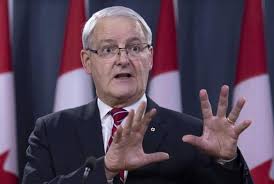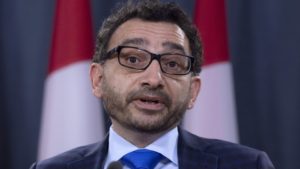POLICING 2.0: CHANGING THE PARADIGM
2010, the year this article on social media and policing from my InterChange Public Affairs archives was written, was a heady time for those who, like me, were dipping their toes in the fast-moving waters of social media. It reflects the optimism many shared about the transformative potential of social media. Ten years later, while social media’s far-ranging impact on our society has resulted in pressing calls for its regulation, the jury is still out on whether its impact will be transformative or simply disruptive.

In an earlier post on the potential for mass mobilization of a Canadian Facebook campaign, I wrote that it would be a mistake to measure its success solely by the volume of (traditional) media coverage it generated, the amount of money it raised, or the number of boots it put on the ground.
Those are all important elements of social and political engagement, but they form the core of advocacy 1.0; not advocacy 2.0, which should be based on fostering conversations online, and more importantly, around the water cooler.
At the end of the day, I argued, if the ROI of social media advocacy is measured solely on the basis of the old paradigm, then the exercise is bound to fall short of its potential because it will have missed the point.
The same is true of social media and policing.
For police forces in Canada and abroad, tapping the full potential of social media will require a substantive shift from more traditional approaches to law enforcement (and the measuring of outcomes and success) toward a community or problem-based policing model.
In the problem-based policing strategy, individuals and communities are engaged in finding solutions to criminal or public safety issues that affect them. Crowd-sourcing–a popular social media strategy designed to engage communities in developing content or finding solutions to a problem–jumps to mind as the social media extension of this policing strategy.
But for this new model to work, the use of social media must not be driven by a technology-first mentality (the shiny new toy). The real driving force must be an appreciation of the potential social media provides for real-time engagement and dialogue; including with groups and communities that had been out of reach of most traditional police interventions, notably youth at risk.
Looked at from this perspective, it is clear that using social media solely as a one way communication system would miss the point. So too would using social media as a kind of mobile or internet-based crime reporting line. If not integrated within a larger strategy of community engagement and dialogue, that approach remains policing 1.0 dressed up as something else.
Such a social media strategy would not only fail to leverage the full potential of online engagement but, if too focused on enforcement outcomes, could actually subvert efforts at engagement by creating a wedge between the police and various communities.
Online communities are very discerning. They can spot a phoney a mile away. First and foremost, effective social media engagement must be genuine and transparent. Hidden agendas–be they corporate or personal–rarely survive the collective glare of the online community.
Embracing policing 2.0 for most police forces will mean more than expanding their digital or online engagement capacity; more than creating a YouTube channel or Tweeting police reports. It will mean embracing a new way of thinking about how they relate to their community.
By providing police forces and law enforcement agencies with the potential for exciting new strategies, paradigm-change may yet become social media’s greatest contribution to policing.

